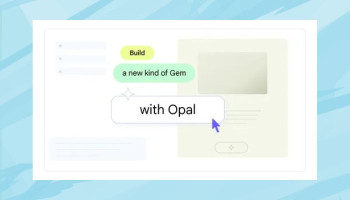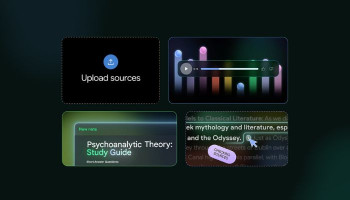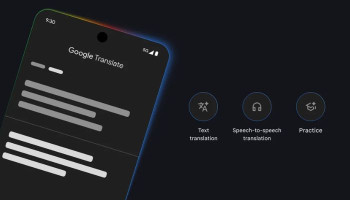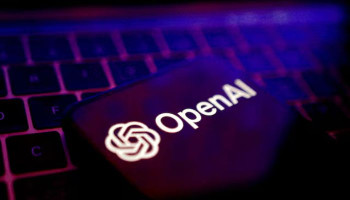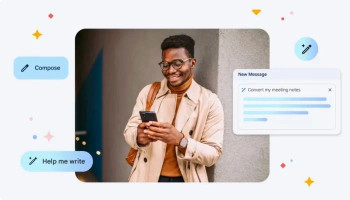
Amid the controversy fueled by the sinister use of artificial intelligence (GenAI) to generate inappropriate content, researchers have pinpointed a loophole that has the potential to be exploited to trick AI. Surprising fact of the weak spot for AI is that it's ASCII art.
To put it simply, ASCII art is images put together from 95 printable characters in the ASCII Standard from 1963, and the same art was utilised as a replacement for nowadays' image embedding in the emails.
Gradually after its skyrocketing popularity and normalisation two years back, AI technology is now mostly being modified not to generate harmful responses. However, researchers have discovered that when processing images, a lot of chat-based large language models, including GPT-4, get tricked to the extent that the rules they have to restrict harmful responses get overridden.
Read more: AI steps up in the quest to solve the dark energy mystery
How to trick AI?
According to PCMag, using one ASCII drawing in a prompt in place of a word can take over AI chatbot's rules set forth to block offensive content.
The results of this delusion for AI were published in a paper this month by a group of researchers, wherein the jotted down the tested theory on SPT-3.5, GPT-4, Claude (v2), Gemini Pro and Llama2.
They said the primary objective in their sight for the paper was to diagnose weak points in LLMs and then strengthening the guardrail to remain efficient when attacked with tricky prompts.
"This paper reveals the limitations and potential vulnerabilities of the existing LLMs if the training corpora are interpreted using semantics only. We acknowledge that the vulnerabilities of LLMs and prompts demonstrated in this paper can be repurposed or misused by malicious entities to attack LLMs. We will disseminate the code and prompts used in our experiments to the community, hoping that they will further assist in the redteaming of LLM," the group said in the paper.
What is ASCII art?
ASCII is a character encoding standard for electronic communication which was introduced in the early era of printers. At the time, handling graphics was a hassle for printers, unlike the modern-day printers.









